The Victorian government has introduced a new program to drive down coronavirus infections in the state’s healthcare workers.
The program comes after more than 2,600 healthcare workers have been infected across the state, with more than two-thirds of the second wave infections of healthcare workers in Victoria confirmed to have happened in the workplace.
Under the program, all health services including, aged care facilities, Aboriginal health organisations and GP clinics will be checked to ensure that workplaces are COVIDSafe, including additional random spot-checks.
Measures will include:
- The introduction of ‘PPE spotters’ who will be deployed in hospitals to ensure accurate donning and doffing for workers entering and leaving COVID-19 environments.
- The undertaking of a COVID Aerosol Hot Spot Analysis Study to identify potential ‘hot spots’ in clinical spaces caused by aerosols coming to rest on surfaces. The study will model aerosol behaviour, tracking particles as they are carried via airstreams and onto surfaces.
- An investigation into the impact of ‘Fit testing’ on healthcare worker infection rates.
Additionally, guidance on using N95 respirators will be expanded, increasing their usage from 50,000 to 800,000 per week. Work will also be undertaken on the use of N95 respirators and updated across non-hospital workforces.
Meanwhile WorkCover claims will be fast-tracked to ensure no healthcare worker who contracts the virus at work is left on their own, with all claims being assessed within an average of 48 hours.
The government said these measures were based on the recommendations and advice of the newly established Healthcare Worker Infection Prevention and Wellbeing Taskforce, which has brought together infection control experts and workforce representatives to examine what more can be done to stop the spread of coronavirus in healthcare facilities.
A detailed analysis of healthcare infections released today showed healthcare workers in aged care settings account for around two in five infections and hospital workers around one-third.
Approximately 22% of healthcare worker infections in the first wave were likely acquired at work, increasing in the second wave to at least 69%.
The research found the leading causes of contracting the virus included cases being:
- Cohorted’ in the same clinical space, contact between health workers in areas like Tea and break rooms,
- Gaps in putting on and taking off PPE
- Movement of staff between facilities, and
- Older ventilation systems being less effective at ensuring good airflow.
The Royal Melbourne Hospital had recently reduced its cohorting of positive cases in the same clinical space with good outcomes – challenging much of the previous international understanding around treating coronavirus, the state government said.
The Victorian government said that while the rate of healthcare worker infection was trending down, any healthcare worker contracting this virus at work is a concern.
For this reason, the Taskforce will continue to undertake more work to delve into what might be driving these numbers and what more needs to be done.
“We know that healthcare workers are more likely to come into contact with this virus by virtue of where they work – but we don’t have to accept this as an inevitable part of their job, “Victorian Minister for Health Jenny Mikakos said.
“We don’t want any healthcare worker being infected, and that’s why we are continuing to update the advice and support we are providing to maximise their protection.”


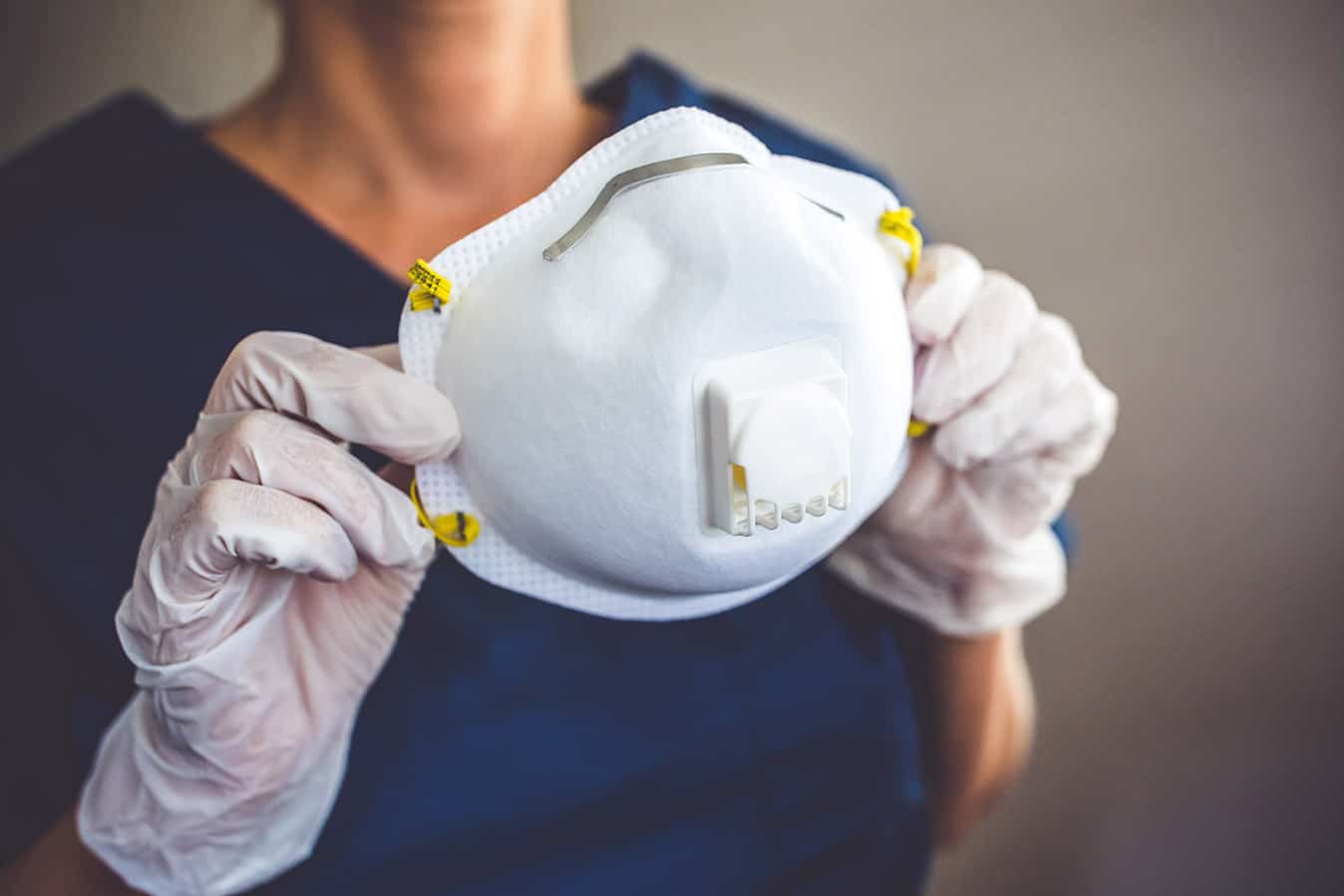

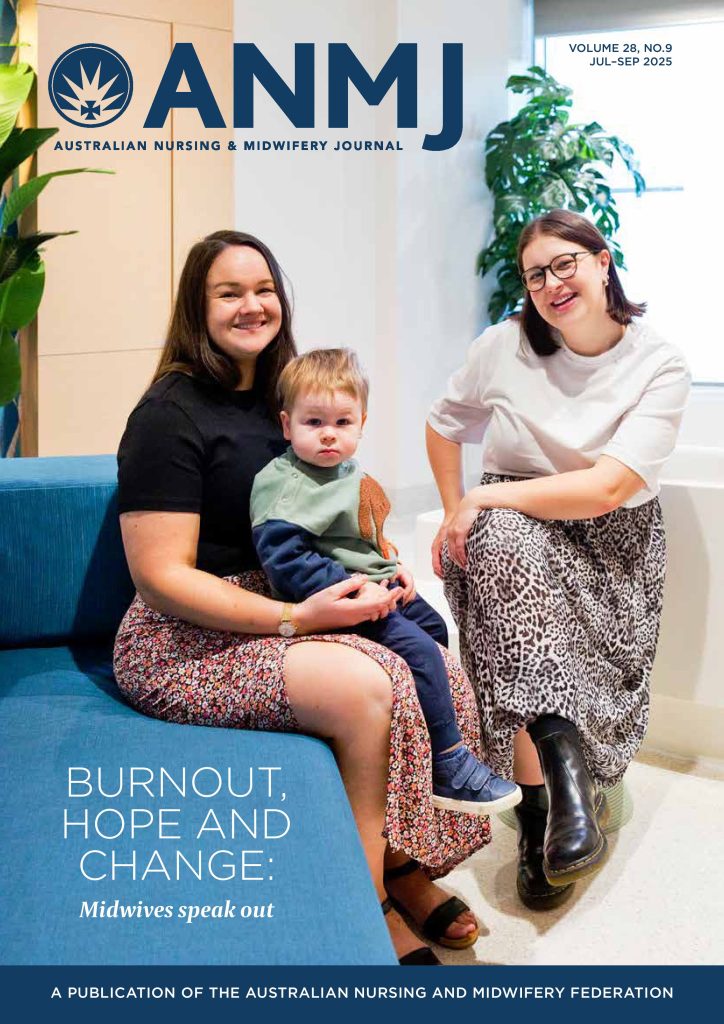
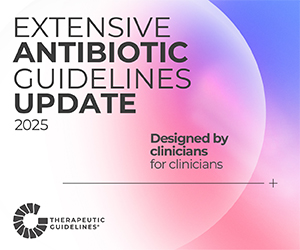

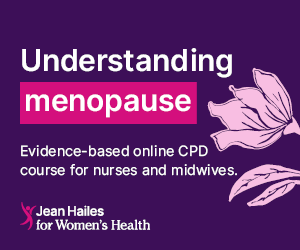
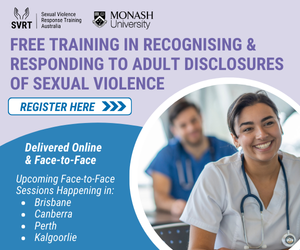
2 Responses
What a shame when you go to hospital, there are no staff left to care for you. This must not happen. Do something now. There is not much time left.
Hi I am Jan.
One thibg I have noticed in this pandemic is the differencin PPE from other highky contagious diseases.
When Eboki became a very bad disease in Africa,the dictors and nurses needed to be covered from head to toe with hazmat type suites.
The Chinese used these type of suites when covid 19 became a known as hughly contagious illness.
I feel that our health staff really need to be fully covered in all in one hazmat type suites with shoe covers as well.
Just wearing a smock type cicer does not protect the clothing under the smock.Trousers socks and shoes are exposed.
If a health works legs touch virus germs on a bed frame,cgair etc,it is very possible that once they are out of the covid wards in the main hospital they can touch these vurus germs that are stil alive on their clothing.These viral germs can be wiped into the ‘T zone’ or enter the nise or throat via fingers.
The vurus may also transfer from clothing to chairs and any other thing they may lean on or rub against.
I believe changing the use of smocks to all in one haz mat suites may help stop virual germs being spread.